Orchids are beautiful flowers. They come in many colors and shapes. Many people love to grow orchids in their homes. Caring for orchids is not very hard. With a few tips, you can keep your orchids healthy. This guide will help you learn how to care for orchids in your house.

Credit: www.bhg.com
Why Choose Orchids?
Orchids are special plants. They can bloom for a long time. Some orchids can even bloom for months. They can add beauty to any room. Orchids are also good for air quality. They can help clean the air. Many people choose orchids for these reasons.
Choosing the Right Orchid
There are many types of orchids. Some are easier to care for than others. Here are a few common types:
- Phalaenopsis: Also called the moth orchid. It is very popular.
- Cattleya: Known for its large and fragrant flowers.
- Dendrobium: These have many flowers on one stem.
- Oncidium: Known as the dancing lady orchid. It has many small flowers.
When you choose an orchid, think about its care needs. Some orchids need more light. Others need less. Pick one that fits your home.
Light Requirements
Light is very important for orchids. They need bright, indirect light. Direct sunlight can hurt them. Here are some tips for providing the right light:
- Place orchids near a window.
- Avoid direct sunlight on the leaves.
- Use sheer curtains to filter light.
- Rotate the plant every few weeks.
If your orchid’s leaves turn yellow, it may get too much light. If the leaves are dark green, it may need more light.
Watering Orchids
Watering is a key part of orchid care. Overwatering can kill orchids. Underwatering can also harm them. Here are some simple watering tips:
- Water your orchid once a week.
- Use room temperature water.
- Water until it drains from the pot.
- Let the pot dry out slightly between waterings.
Check the roots. Healthy roots are green or silver. If they are brown, the plant may be too dry.
Humidity and Temperature
Orchids like humidity. They enjoy a humid environment. You can increase humidity in your home by:
- Using a humidifier.
- Placing a tray of water near the plant.
- Grouping plants together.
Orchids prefer temperatures between 65°F and 75°F. Keep them away from cold drafts. Avoid placing them near heaters too.

Credit: www.homedepot.com
Fertilizing Orchids
Fertilizing helps orchids grow. Use a balanced orchid fertilizer. Here are some tips for fertilizing:
- Fertilize every 2-4 weeks during growth.
- Follow the instructions on the fertilizer package.
- Water the orchid before fertilizing.
- Reduce fertilizing in winter.
Too much fertilizer can harm your orchid. Always follow the recommended amounts.
Repotting Orchids
Repotting orchids is important. It helps them grow strong. Here’s when and how to repot:
- Repot every 1-2 years.
- Choose a pot that is slightly larger.
- Use special orchid potting mix.
- Be gentle with the roots.
Repotting helps refresh the soil. It gives the roots more room to grow.
Signs of a Healthy Orchid
Healthy orchids show some signs. Here are things to look for:
- Bright green leaves.
- Strong roots.
- New growth or spikes.
- Flowers that last long.
If your orchid shows these signs, it is healthy. If not, check your care routine.
Common Problems and Solutions
Sometimes orchids can have problems. Here are some common issues:
- Yellow leaves: This may mean too much light.
- Brown spots: This can be from too much water.
- Dropping flowers: This can happen when the plant is stressed.
Always check your care routine. Make small changes to help your orchid.
Conclusion
Caring for orchids can be fun. With the right care, they can thrive. Remember to give them bright, indirect light. Water them once a week. Keep an eye on humidity and temperature. Fertilize every few weeks during growth.
Repot every couple of years. Watch for signs of health. If you see problems, adjust your care. With these simple tips, your orchids can bloom beautifully in your home.
Final Tips
Here are a few final tips to remember:
- Be patient. Orchids can take time to bloom.
- Enjoy the beauty they bring to your space.
- Learn from your experiences. Each orchid is unique.
With these tips, you can enjoy lovely orchids at home. Happy growing!






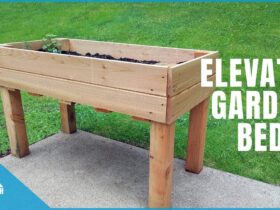



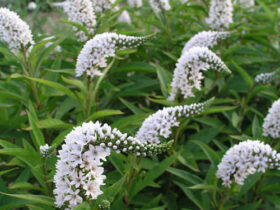
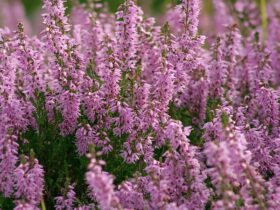
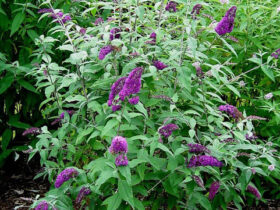
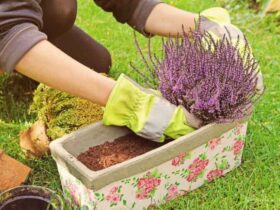
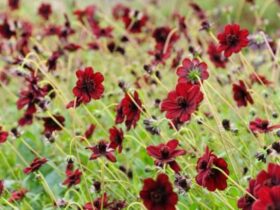


Leave a Review